How to Store Red Pepper Relish: Expert Tips for Maximum Freshness
Proper storage is crucial for keeping your red pepper relish fresh and flavorful. According to the USDA Food Safety and Inspection Service, opened condiments like red pepper relish should be refrigerated and used within 1-2 months for best quality. In this guide, you'll learn exactly how to store it correctly, plus creative ways to use it in your cooking to avoid waste and maximize flavor.
Top 5 Storage Hacks for Freshness
- Use Airtight Jars: Oxygen is the enemy of flavor. Transfer your relish into a clean, airtight glass jar with a tight-sealing lid to lock in freshness.
- Keep It Cold: Always store red pepper relish in the refrigerator after opening. Heat accelerates spoilage and breaks down the spice oils that give it that signature kick.
- Add Vinegar Barrier: Pouring a thin layer of vinegar over the top before sealing can help prevent oxidation and bacterial growth.
- Freeze in Portions: For long-term storage, freeze red pepper relish in ice cube trays. Pop out cubes as needed for sauces, stews, or marinades.
- Avoid Double-Dipping: Use a clean spoon each time you scoop out relish to avoid cross-contamination and mold growth.
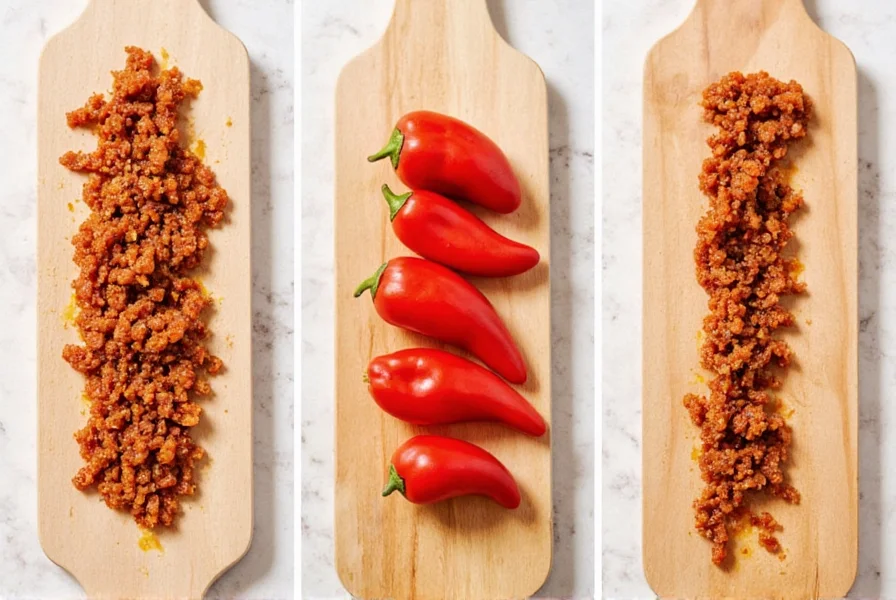
Creative Ways to Use Red Pepper Relish
Think beyond the burger. Red pepper relish is an underappreciated powerhouse in the kitchen. Here are some ways to elevate your meals using this fiery gem:
Top 7 Flavor-Boosting Ideas
- Mix into Mayo: Stir a few tablespoons into mayonnaise for a killer sandwich spread or dip.
- Stir Into Soups: Add a spoonful to tomato soup, lentil stew, or pho broth for a spicy lift.
- Spice Up Eggs: Dollop onto scrambled eggs, avocado toast, or deviled egg fillings.
- Upgrade Marinades: Blend with olive oil, garlic, and herbs for a vibrant marinade for chicken, tofu, or grilled veggies.
- Flavor Pasta Sauces: Toss with pasta and Parmesan for a quick, punchy sauce.
- Blend into Bloody Marys: Swap Tabasco with red pepper relish for a chunkier, more flavorful twist on your brunch cocktail.
- Top Flatbreads & Pizzas: Spread sparingly on pizza crust or drizzle over flatbread before baking.
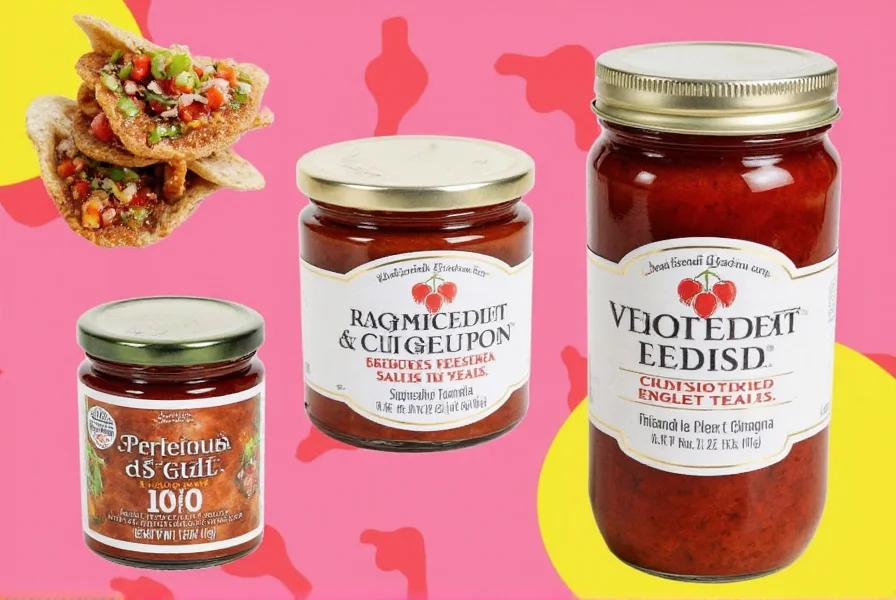
Comparing Popular Red Pepper Relishes: Which One Should You Buy?
Not all red pepper relishes are created equal. Here's a handy comparison of popular brands based on heat level, texture, ingredients, and versatility:
| Brand | Heat Level (1–10) | Texture | Key Ingredients | Versatility Score | Best For |
|---|---|---|---|---|---|
| Frank's RedHot Relish | 6 | Chunky | Red peppers, vinegar, salt, spices | 8 | Burgers, wings, sandwiches |
| Sriracha Infused Relish | 9 | Smooth-chunky blend | Red chilies, garlic, sugar, vinegar | 9 | Cocktails, marinades, stir-fries |
| Organic Fire-Roasted Relish | 5 | Rough-cut | Fire-roasted bell peppers, onions, sea salt | 7 | Grilled meats, dips, wraps |
| Harissa Style Relish | 7 | Thick paste | Smoked paprika, caraway, cumin, chili | 8 | North African dishes, tagines, hummus |
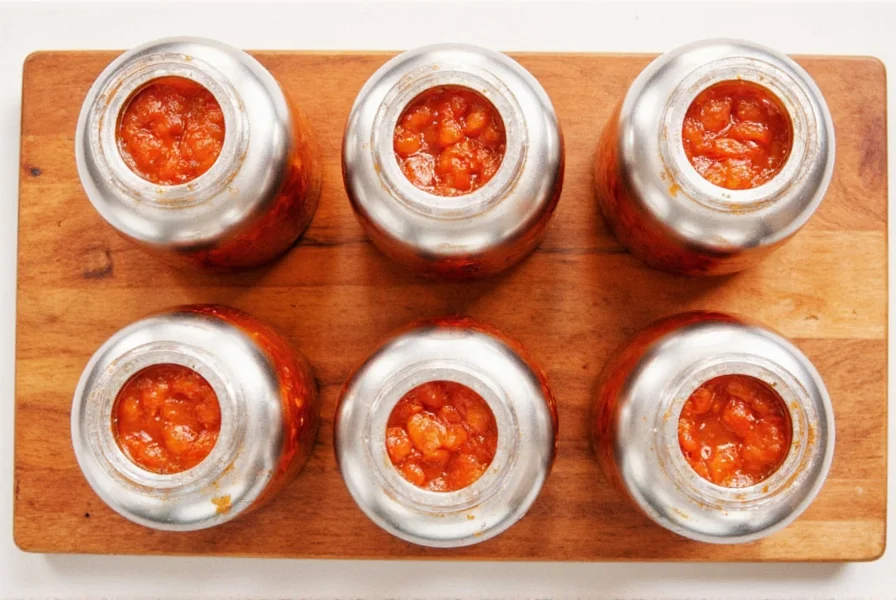
Buying Guide: How to Choose the Best Red Pepper Relish
Whether you're shopping online or hitting up the local grocery store, here's what to look for when picking your next jar of red pepper relish:
1. Consider the Heat Level
Some relishes bring the fire, while others offer a gentle warmth. Check the Scoville rating or product label to match your spice tolerance. Brands often indicate mild, medium, or hot levels right on the packaging.
2. Texture Matters
Chunky relish works better on sandwiches and pizzas, while smoother versions integrate well into sauces and dressings. If you're unsure, go for a medium-chunky variety for maximum flexibility.
3. Read the Ingredients List
The fewer additives, the better. Look for short ingredient lists with real food items like peppers, vinegar, salt, and natural spices. Avoid preservatives and artificial colors if possible.
4. Think About Versatility
Do you want something to use daily or a specialty item for occasional flair? Go for a balanced profile — not too hot, not too mild — if you plan to use it across multiple dishes.
5. Match It With Your Diet
Vegan? Gluten-free? Low sodium? Many modern brands offer options tailored to dietary needs. Always double-check labels if you have specific restrictions.
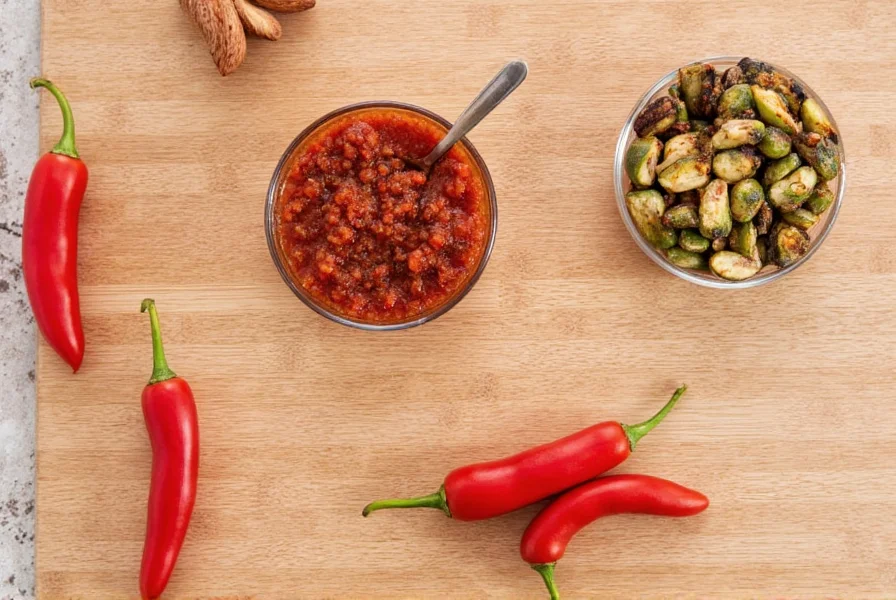
Homemade vs. Store-Bought: Pros and Cons
You don't have to buy red pepper relish off the shelf. Making it at home gives you total control over flavor and ingredients. Let's break down both options:
| Aspect | Store-Bought Relish | Homemade Relish |
|---|---|---|
| Convenience | Instant access, no prep | Takes time and effort |
| Cost | Usually $3–$8 per jar | Ingredients cost less long-term |
| Flavor Customization | Limited | Full control over spice, sweetness, acidity |
| Shelf Life | Lasts months unopened; weeks refrigerated | Fresher taste but spoils faster unless canned |
| Allergens & Additives | Possible preservatives and stabilizers | 100% natural ingredients |
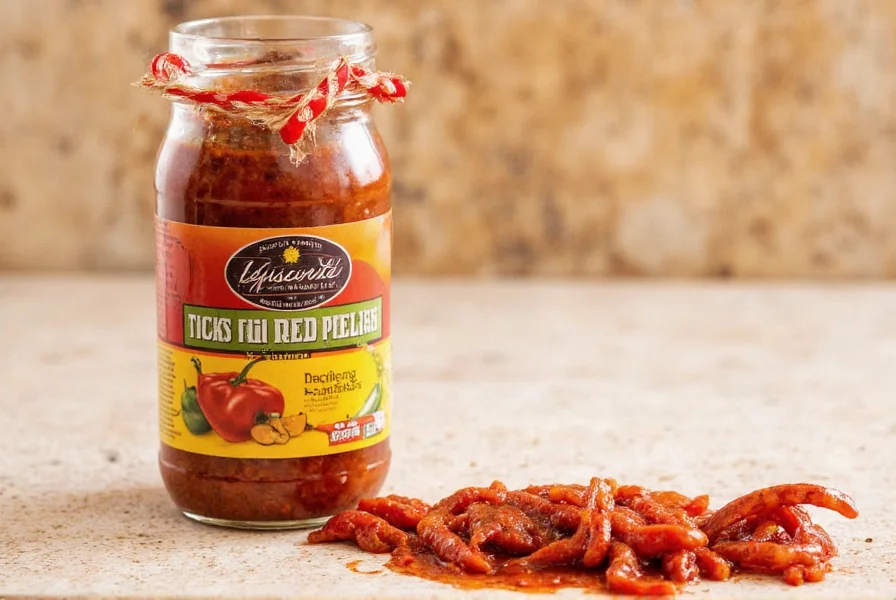
FAQ: Red Pepper Relish Storage & Usage
How long does red pepper relish last in the refrigerator?
Properly stored in an airtight container, opened red pepper relish maintains peak quality for 1-2 months in the refrigerator. Unopened store-bought jars typically last 6-12 months in a cool, dark pantry. Always check for mold, off-odors, or texture changes before use.
Can I freeze red pepper relish for long-term storage?
Absolutely. Freeze in portion-sized cubes using ice trays, then transfer to freezer bags. Properly frozen relish stays flavorful for up to 6 months. Thaw overnight in the fridge or add frozen directly to cooked dishes like stews and sauces.
Why did my red pepper relish change color or texture?
Color changes (browning) usually indicate oxidation from air exposure. Texture degradation often happens due to improper sealing or repeated temperature changes. Prevent both by using a vinegar barrier layer and avoiding double-dipping with contaminated utensils.
Is red pepper relish the same as hot sauce or salsa?
No. Relish has a distinct chunky texture with vinegar-preserved peppers, while hot sauce is typically liquid-based and salsa contains fresh tomatoes. Relish offers a unique sweet-spicy balance ideal for condiments, whereas hot sauce provides pure heat and salsa delivers fresh vegetable notes.
Can I substitute red pepper relish in recipes calling for fresh peppers?
Yes, but adjust other liquids and seasonings. Relish adds vinegar and sweetness, so reduce added sugar or acid in recipes. For fresh pepper substitutes, use 3 tablespoons relish per 1 diced fresh pepper, and taste before final seasoning.
Conclusion: Keep the Fire Alive with Smart Storing and Smarter Cooking
Red pepper relish is more than just a pantry staple — it's a gateway to bolder, brighter meals. By following these expert storage strategies and creative usage hacks, you'll make every jar count. Whether you prefer store-bought convenience or homemade customization, there's a version out there to suit your taste and lifestyle. So next time you reach for that jar, remember: a little relish goes a long way — and with these tips, it'll last even longer!
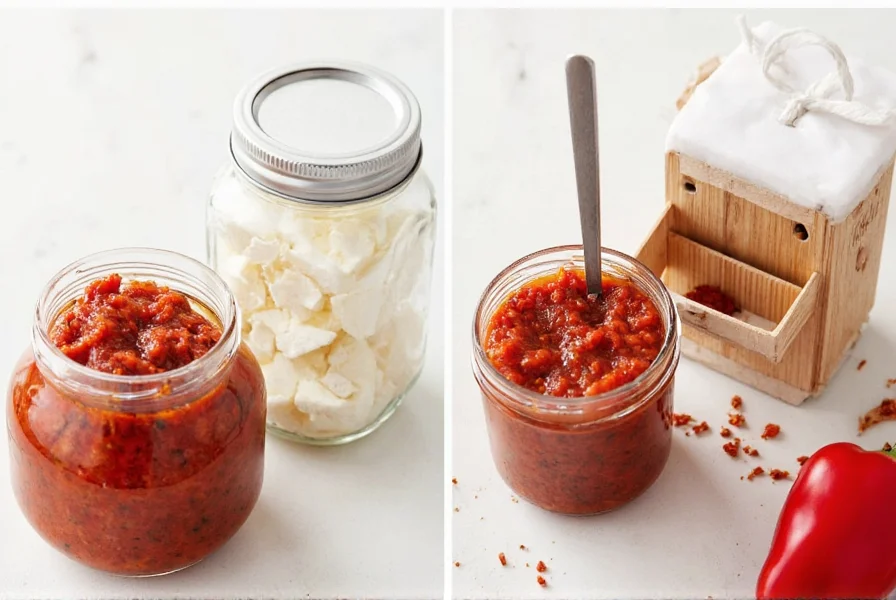

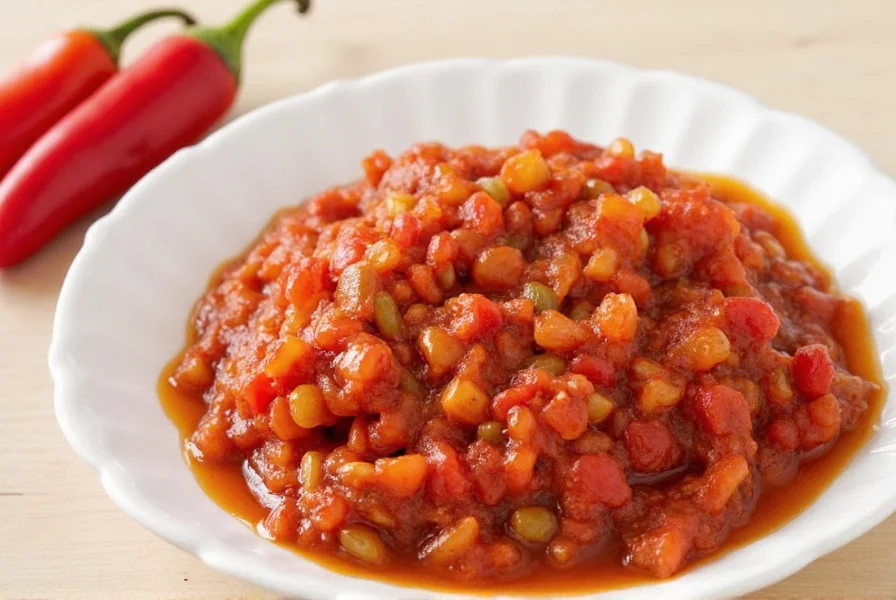









 浙公网安备
33010002000092号
浙公网安备
33010002000092号 浙B2-20120091-4
浙B2-20120091-4